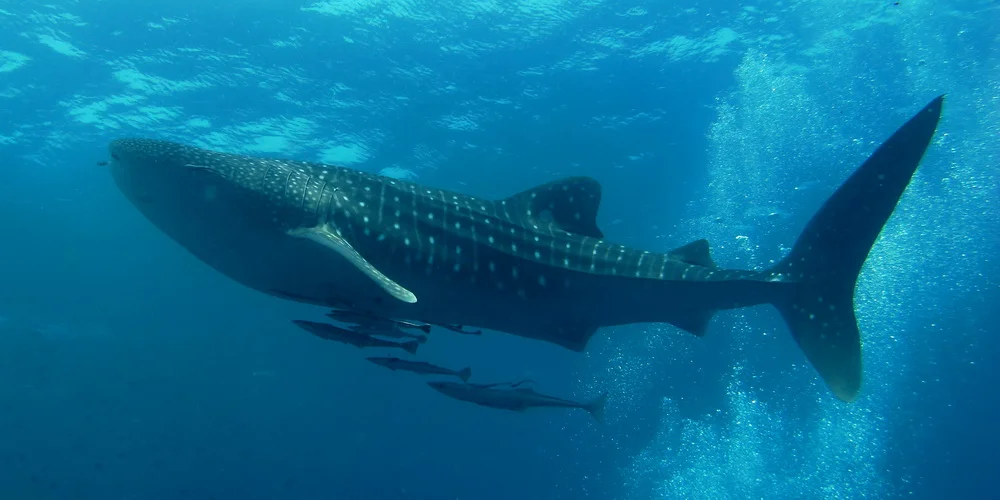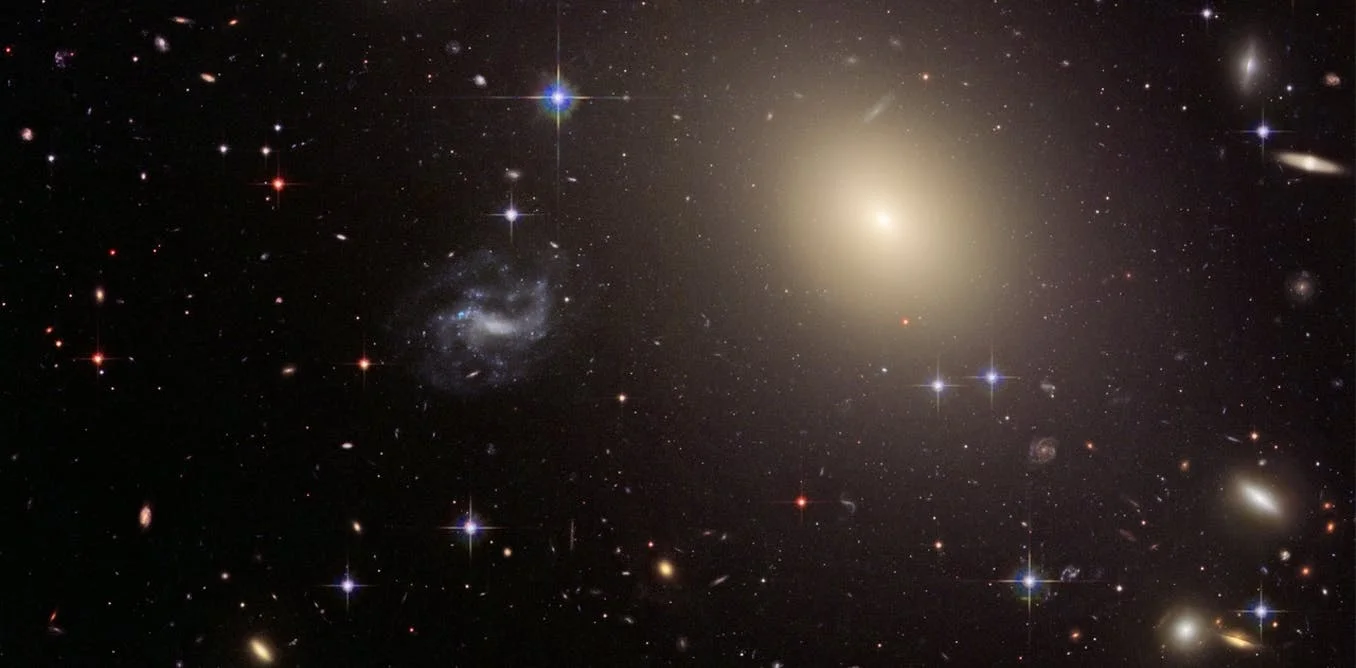Black holes can form when a massive star dies. Stars have a lot of mass which means there is a lot of gravity pulling in on the star. Gravity is the same force that keeps you on Earth so you don’t float into space
7.5 billion and counting: How many humans can the Earth support?
What getting too little vitamin D does over time
2019 Total Solar Eclipse Event at ESO’s La Silla Observatory in Chile
On 2 July 2019 one of nature’s most impressive phenomena will be visible from ESO’s La Silla Observatory in Chile — a total solar eclipse. As these are very rare — the next one visible from La Silla will occur in 212 years — ESO is organizing a campaign of observing and outreach activities on site, allowing the general public to experience this spectacular event. Tickets to participate will be available from 13:00 CEST/07:00 CLT on Friday 13 July 2018.
Whale sharks gather at a few specific locations around the world – now we know why
The whale shark is the largest fish in the world, but much of its life cycle remains shrouded in mystery. These gentle giants gather in just a handful of places around the globe – something which has long baffled scientists – but our new research has started to explain why. Better understanding of whale shark movements could help prevent further population loss in a species that has already experienced a 63% population decline over the past 75 years.
Burst of Celestial Fireworks
Like a July 4 fireworks display, a young, glittering collection of stars resembles an aerial burst. The cluster is surrounded by clouds of interstellar gas and dust - the raw material for new star formation. The nebula, located 20,000 light-years away in the constellation Carina, contains a central cluster of huge, hot stars, called NGC 3603.
Amazing: First Confirmed Image of Newborn Planet Caught with ESO’s VLT
SPHERE, a planet-hunting instrument on ESO’s Very Large Telescope, has captured the first confirmed image of a planet caught in the act of forming in the dusty disc surrounding a young star. The young planet is carving a path through the primordial disc of gas and dust around the very young star PDS 70. The data suggest that the planet’s atmosphere is cloudy.
Curious Kids: How was the ocean formed? Where did all the water come from?
On Earth there is more ocean than land. Of course, there is also a lot of water locked up as ice at the North and South Poles. Where all that water came from is a very good question. Scientists have been wondering about it for a long time. We are still not exactly sure but it is probably a combination of two places.
Oumuamua accelerated out of the solar system like a comet
On October 19th, 2017, the Panoramic Survey Telescope and Rapid Response System-1 (Pan-STARRS-1) telescope in Hawaii announced the first-ever detection of an interstellar asteroid – I/2017 U1 (aka. ‘Oumuamua). Originally though to be a comet, follow-up observations conducted by the European Southern Observatory (ESO) and others confirmed that ‘Oumuamua was actually a rocky body that had originated outside of our Solar System.
Math explains why your bus route seems so unreliable
Complex organic molecules are bubbling up from inside Enceladus
The Cassini orbiter revealed many fascinating things about the Saturn system before its mission ended in September of 2017. In addition to revealing much about Saturn’s rings and the surface and atmosphere of Titan (Saturn’s largest moon), it was also responsible for the discovery of water plumes coming from Enceladus‘ southern polar region. The discovery of these plumes triggered a widespread debate about the possible existence of life in the moon’s interior.
NASA Uses Earth as Laboratory to Study Distant Worlds
The study of exoplanets -- planets that lie outside our solar system -- could help scientists answer big questions about our place in the universe, and whether life exists beyond Earth. But, these distant worlds are extremely faint and difficult to image directly. A new study uses Earth as a stand-in for an exoplanet, and shows that even with very little light -- as little as one pixel -- it is still possible to measure key characteristics of distant worlds.
A satellite with a harpoon, net and drag sail to capture space junk is in orbit and will be tested soon
After almost seventy years of spaceflight, space debris has become a rather serious problem. This junk, which floats around in Low Earth Orbit (LEO), consists of the spent first rocket stages and non-functioning satellites and poses a major threat to long-term missions like the International Space Station and future space launches. And according to numbers released by the Space Debris Office at the European Space Operations Center (ESOC), the problem is only getting worse.
How we proved Einstein right on a galactic scale – and what it means for dark energy and dark matter
Chasing 'Oumuamua
There’s sand on titan, where does it come from?
Even though the Cassini orbiter ended its mission on of September 15th, 2017, the data it gathered on Saturn and its largest moon, Titan, continues to astound and amaze. During the thirteen years that it spent orbiting Saturn and conducting flybys of its moons, the probe gathered a wealth of data on Titan’s atmosphere, surface, methane lakes, and rich organic environment that scientists continue to pore over.
Will We Know Life When We See It? NASA-led Group Takes Stock of the Science
In the last decade we have discovered thousands of planets outside our solar system and have learned that rocky, temperate worlds are numerous in our galaxy. The next step will involve asking even bigger questions. Could some of these planets host life? And if so, will we be able to recognize life elsewhere if we see it?
Red Nuggets’ Are Galactic Gold for Astronomers
About a decade ago, astronomers discovered a population of small, but massive galaxies called “red nuggets.” A new study using NASA’s Chandra X-ray Observatory indicates that black holes have squelched star formation in these galaxies and may have used some of the untapped stellar fuel to grow to unusually massive proportions.


















